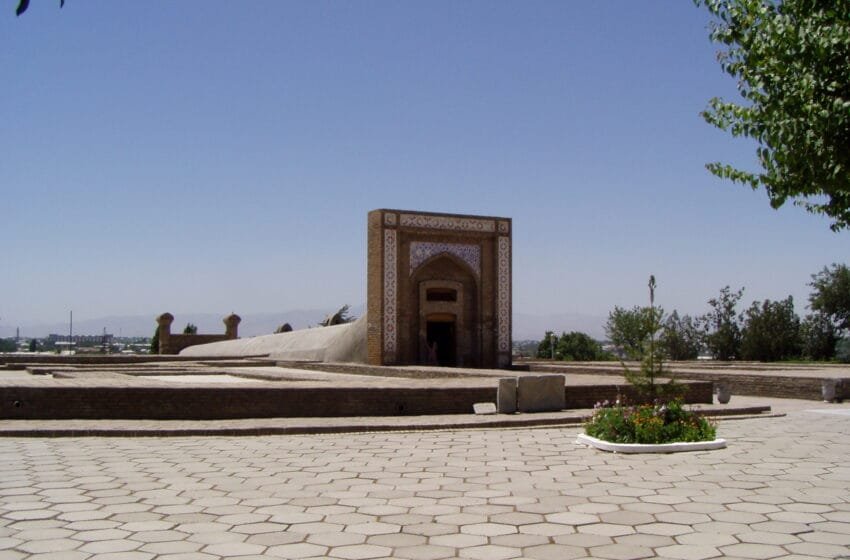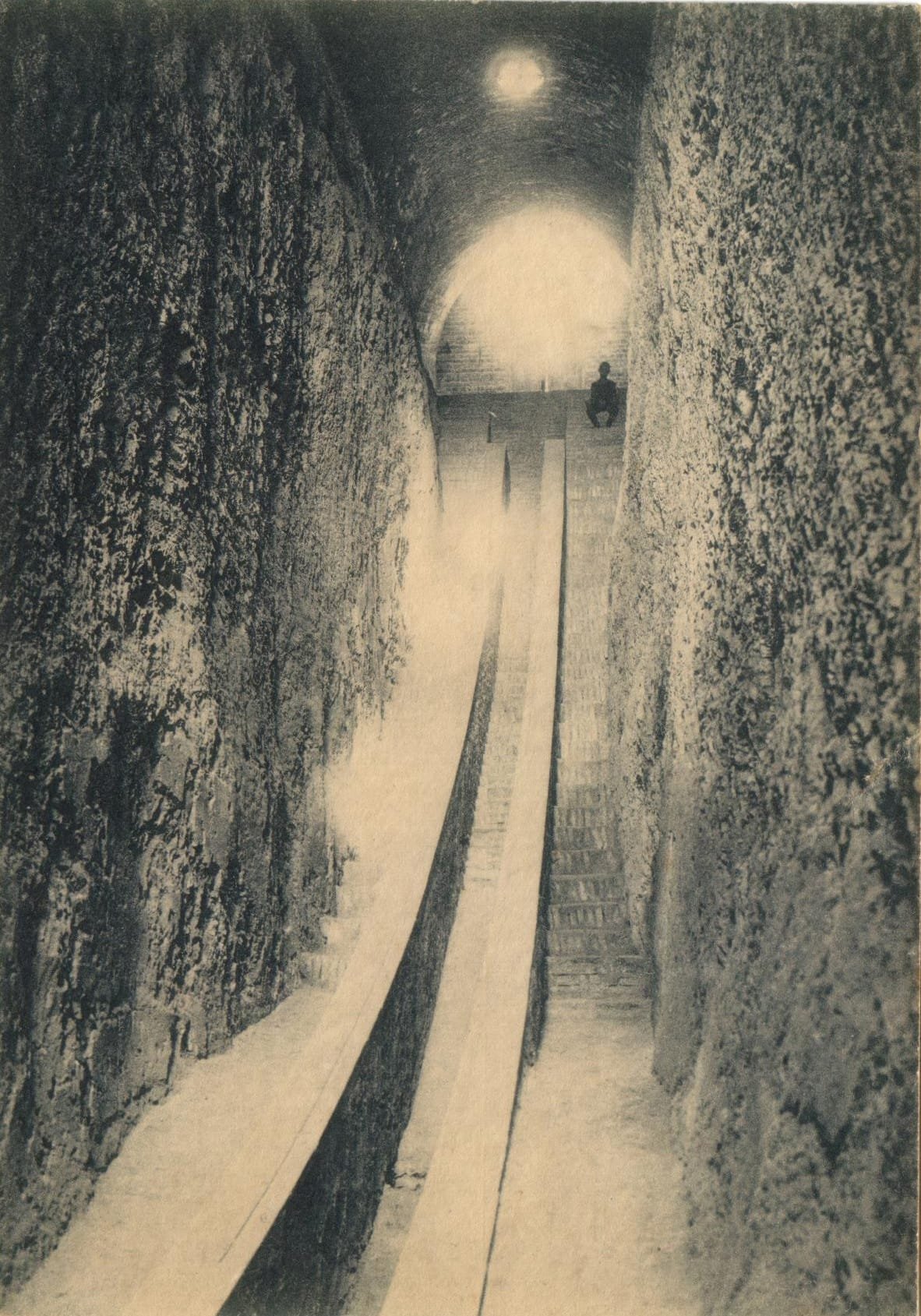The Ulugh Beg Observatory: A 15th-Century Marvel of Medieval Astronomy Featuring a 40-Meter Sextant

The Ulugh Beg Observatory: A Marvel of Medieval Astronomy
The Ulugh Beg Observatory (Uzbek: Ulug‘bek rasadxonasi) is one of the most significant astronomical structures of the medieval period. Constructed between 1424 and 1428 by Ulugh Beg, a renowned astronomer, mathematician, and ruler of the Timurid dynasty, it stands as a testament to the scientific achievements of the Islamic Golden Age. The observatory is situated on the Kuhak Hill, overlooking the historic city of Samarkand.
Rediscovery and Preservation
The Journey to Uncovering the Observatory
In 1908, Russian archaeologist Vasily Vyatkin rediscovered the remains of the observatory. Using a 17th-century document that detailed a land grant to a dervish lodge, Vyatkin pinpointed the location on Kuhak Hill. His work was a crucial milestone in reviving interest in medieval Islamic science. Subsequent archaeological efforts in 1948, led by V. A. Shishkin under the Uzbek SSR Academy of Sciences, uncovered additional structural remains, including the foundations and fragments of the observatory, which had been obscured for centuries.

Conservation Efforts
The rediscovered observatory became a focus of preservation efforts throughout the 20th century. The remaining sections of its grand instruments and structural foundations were carefully studied and partially reconstructed, ensuring that future generations could witness this testament to scientific ambition.
Architectural Grandeur and Design
Structure and Instruments
The observatory was a cylindrical, three-story building that stood 30.4 meters high with a diameter of 46.4 meters. It was not merely an architectural marvel but also a functional scientific facility, designed specifically for advanced astronomical research.
- The Sextant (or Quadrant): The observatory’s defining feature was its sextant, an instrument used to measure celestial altitudes with exceptional precision. This massive device, partially underground, spanned a radius of 40.21 meters and was oriented along the north-south axis.
- Technical Details:
- The arc of the sextant covered a 60° range, from 20° to 80°, and was bounded by marble-clad barriers.
- Each degree of the arc corresponded to a 70 cm interval, marked with fine gradations and numbers etched into the marble.
- Brick staircases ran alongside the barriers for adjustments and maintenance.
- Technical Details:
- Azimuthal Observations: Additional instruments, including a horizontal circle on the roof, were used for azimuthal observations, expanding the observatory’s capabilities. Unfortunately, these instruments did not survive the passage of time.
- Architectural Layout: The observatory’s interior was designed to facilitate precision and collaboration. Its multi-level structure housed observation platforms, workspaces, and storage for tools and manuscripts, all centered around the monumental sextant.

A Center of Astronomical Excellence
The Star Catalog and Contributions
The observatory’s greatest scientific achievement was the Gurgan Zij, a comprehensive catalog of 1,018 stars, completed in 1437. This document became a cornerstone of medieval astronomy and influenced both Eastern and Western scientific traditions.
- Astronomical Precision: The observatory calculated the length of the sidereal year as 365 days, 6 hours, 10 minutes, and 8 seconds, with an error margin of only +58 seconds. Such precision was unprecedented and highlighted the meticulous methods employed by Ulugh Beg and his team.
- Collaborative Efforts: Some of the era’s most distinguished scientists contributed to the observatory’s success, including:
- Qazi Zadeh al-Rumi, a mathematician and mentor to Ulugh Beg.
- Jamshid al-Kashi, a brilliant mathematician and astronomer who oversaw the calibration of instruments.
- Ali al-Qushji, a leading scholar who succeeded al-Kashi in managing the observatory.
The Vision and Leadership of Ulugh Beg
Early Ambitions
Born in 1394, Ulugh Beg demonstrated an early passion for science and mathematics, nurtured by his tutors, including Qazi Zadeh al-Rumi. When he became ruler of Samarkand in 1409, he prioritized education and established institutions dedicated to knowledge, with the observatory being his crowning achievement.
Construction and Innovation
The observatory’s construction was a collaborative effort between architects and scientists. Ulugh Beg’s active involvement ensured that the building and its instruments met the highest scientific standards. The observatory was completed in 1428, marking the beginning of an era of groundbreaking research.
- Scientific Program: Ulugh Beg envisioned the observatory as a long-term project. Its research program was designed to span at least 30 years, corresponding to the orbital period of Saturn.
Decline and Rediscovery
The Post-Ulugh Beg Era
Following Ulugh Beg’s assassination in 1449, the observatory continued its work under the leadership of Ali al-Qushji. However, political instability and shifting centers of power led to its gradual decline. By 1469, many of the observatory’s scholars had relocated to Herat, where they found patronage under Alisher Navoi, a celebrated poet and statesman.
Destruction
By the late 16th century, the abandoned observatory was dismantled for building materials. Its contributions to science, however, endured in the form of manuscripts and star charts, which were later published in Europe in 1650, extending its legacy to new audiences.
Legacy
The Ulugh Beg Observatory stands as a symbol of the golden age of Islamic science. Its innovative instruments, precise calculations, and comprehensive star catalog set benchmarks for astronomical research. Ulugh Beg’s commitment to knowledge and his role as a scientist-king continue to inspire admiration, making the observatory not just a monument of Samarkand but a treasure of human achievement. Today, the remnants of the observatory are preserved as a historical site, attracting scholars and tourists who seek to understand the scientific brilliance of the medieval era.




